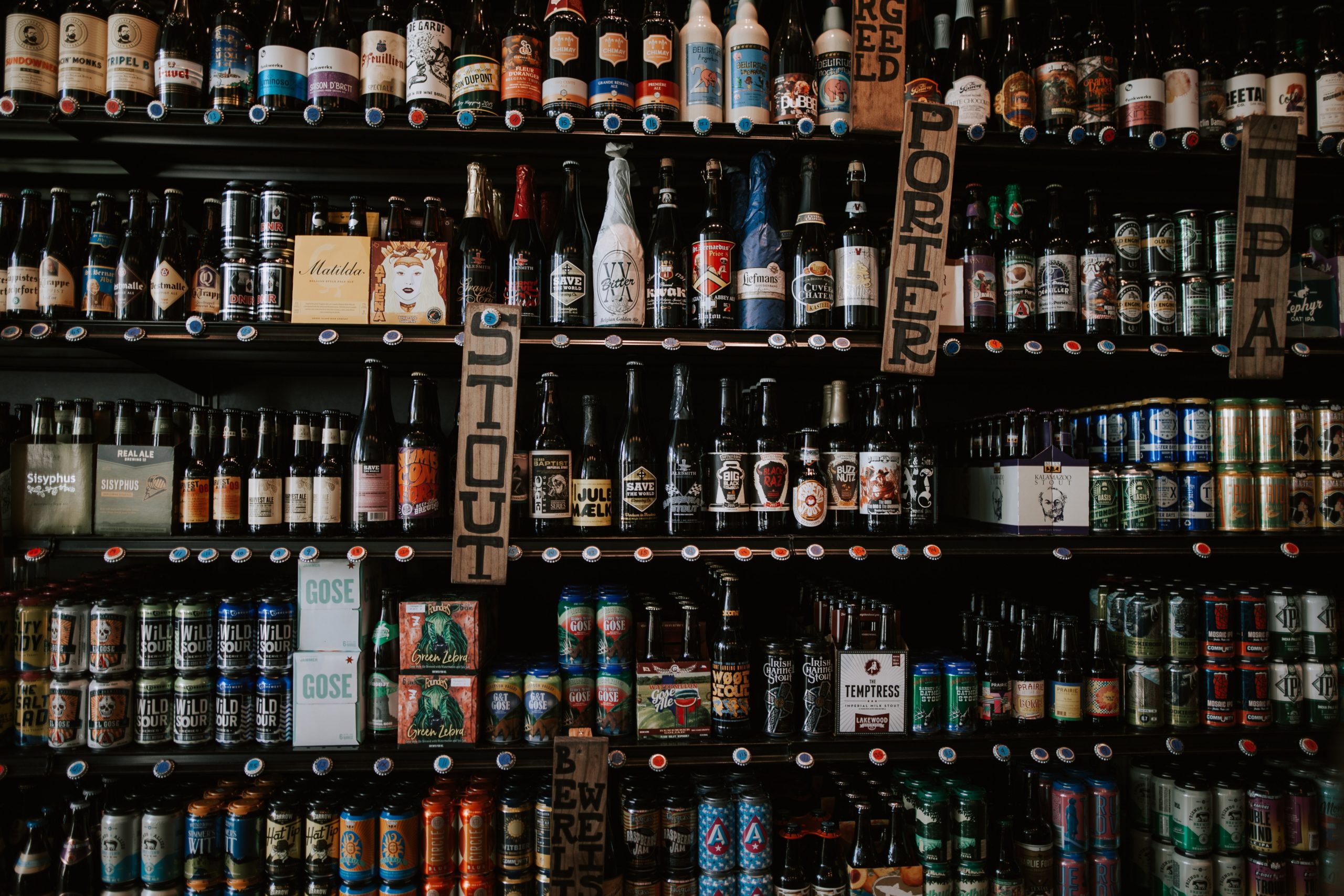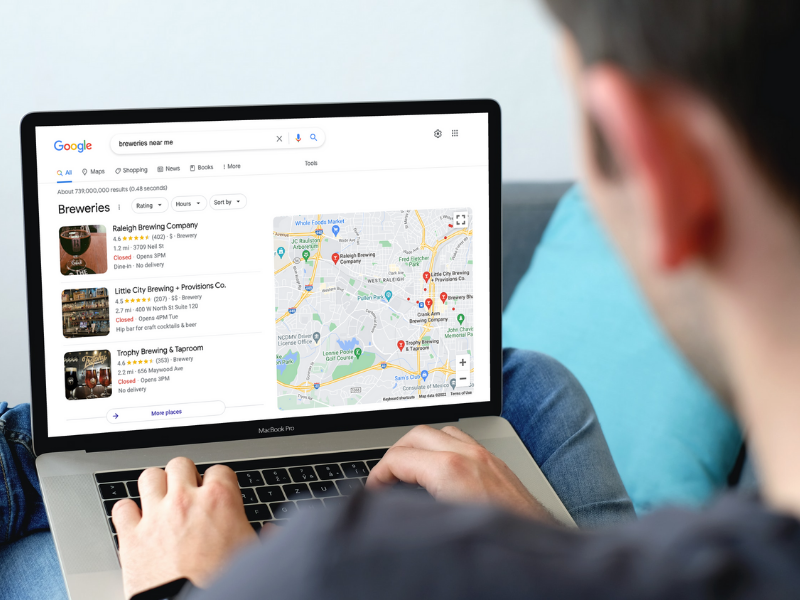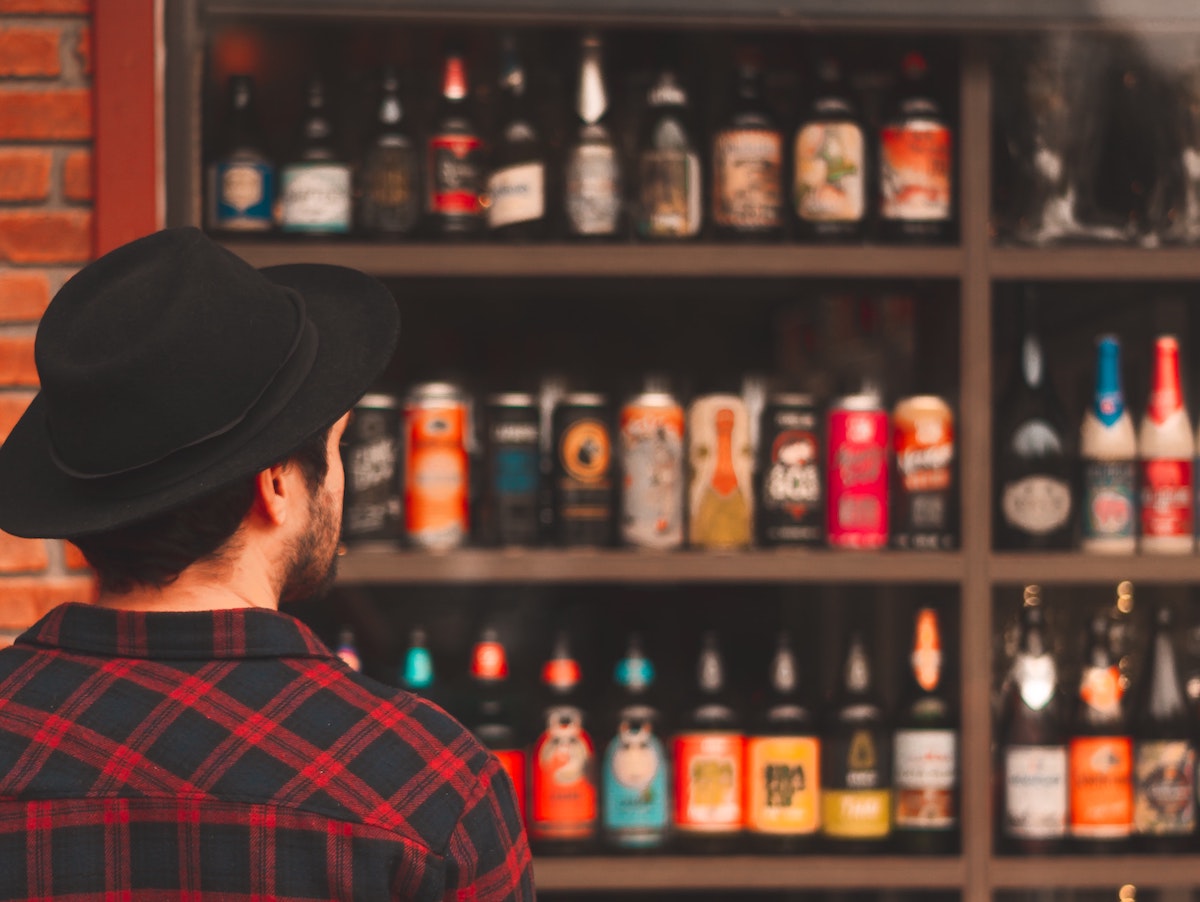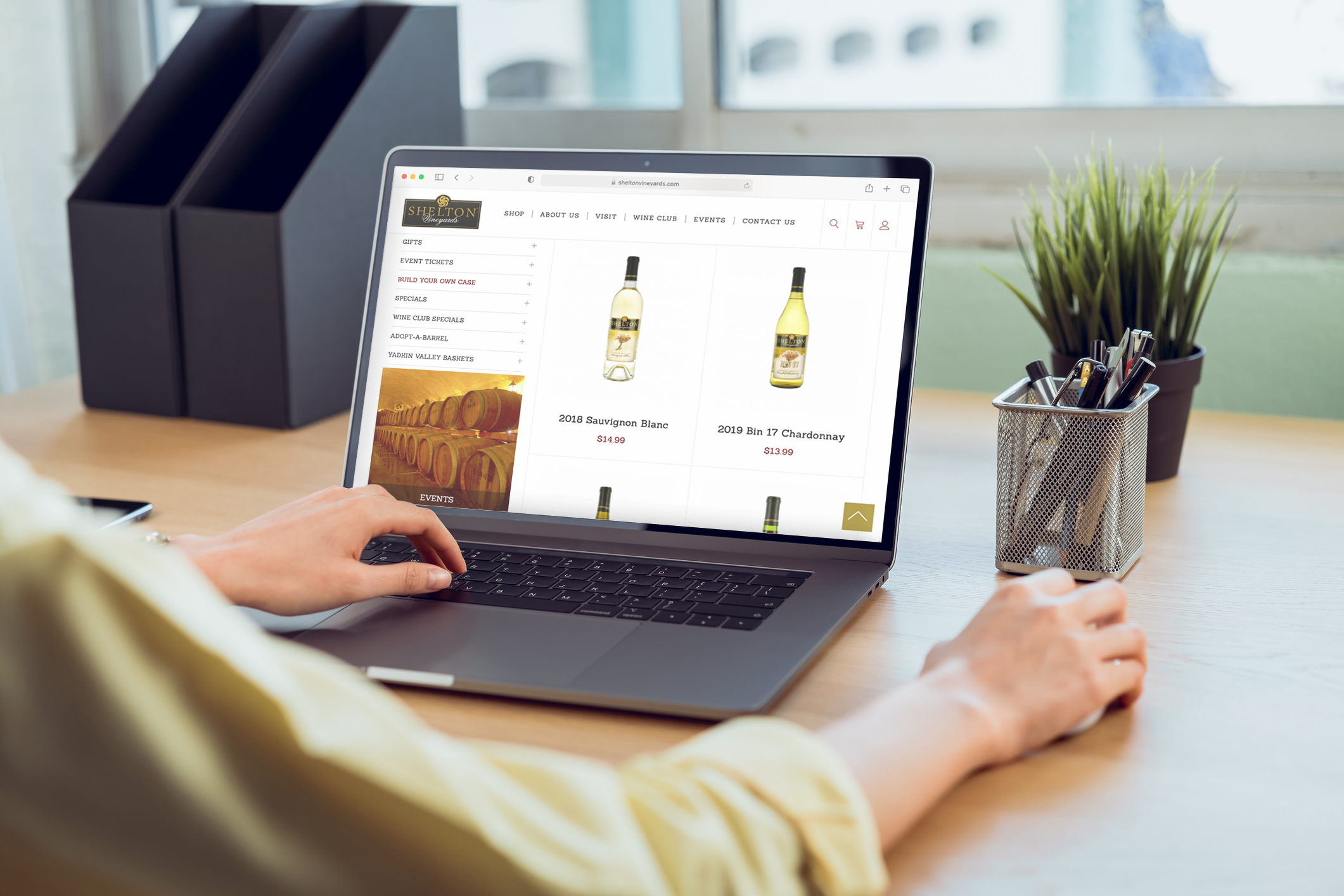As an independent beverage retailer, your marketing needs are somewhat different than those of most small businesses. Marketing your retail stock while also complying with regulations regarding the marketing and advertising of alcohol is a challenge, especially if you don’t have the resources to keep a devoted marketing professional on staff. But you can implement robust and successful marketing strategies even with a minimal budget and no staff marketing specialist. In this article, we’ll discuss the basic guiding principles of marketing your independent beverage retail establishment, as well as some easy ways you can connect with your business’s ideal audience. Read on for more information about how you can set up a self-sustaining marketing program in your small business.
Guiding Principles
Attracting Your Ideal Customer
One of the key principles of modern marketing strategy is a strong focus on attracting the ideal customer. With all of the digital tools available to small business owners, and many of them free, it’s never been easier to attract your ideal customer — whether through advertising, personalized email sales funnels, or by connecting on social media.

But in order to make the most of these tools, you have to define who your ideal customer is. You might hear marketing geeks talk about the ideal customer as a “profile,” that is, a set of characteristics that define the type of person you most want to attract to your business. Are they young or more mature? Are they outdoorsy? Do they prefer wine, beer, or spirits? Are they interested in gourmet cocktails, cannabis-infused drinks, or the best tasting beer?
You don’t have to exclude people with different preferences in order to strengthen your marketing strategy. Rather, defining your priorities lets you put your marketing dollars to the best possible use. Attempts to appeal to everyone instead of choosing to define your ideal customer usually don’t work, because in today’s age of custom advertisements, consumers expect brands to have a defined personality — even if that personality doesn’t attract them.
Conversions Matter
Conversions are the foundation of any marketing strategy. The basic goal of marketing is to “convert” potential customers into paying customers. Marketers follow the buyer’s journey all the way from complete ignorance (no brand recognition or brand loyalty) to loyal, paying customer. There are many steps along this journey. Achieving basic brand or name recognition is one step. Converting someone passively interested into an email subscriber is another. Once you have a potential customer’s email address, you can send them marketing emails to engage them deeper in the sales funnel (i.e., bring them closer to purchasing from your establishment).
Not every type of conversion is measurable, but many of them are, and it’s in your best interest to track and analyze this data so you can improve future campaigns. For example, you could run two sets of advertisements with the same copy but different color schemes, and see which one gets more clicks or subscriptions. That’s called an A/B test, and it’s an easy way to analyze the efficacy of your marketing without requiring a pro data analyst.
The Most Powerful Marketing Strategy
The most effective marketing strategy is also the most difficult to track: word of mouth. 92% of consumers say they trust word of mouth over any other type of advertising. This is part of the reason influencers, micro influencers, and celebrity endorsements loom so large in the world of advertising. Consumers trust marketing that is personal, that connects with their desires and appeals to their sense of what makes them special. And though word-of-mouth recommendations can be purchased to some degree through influencers and highly personalized advertisements, you can’t create or replace the value of standard word-of-mouth endorsements.
What’s the best way to get your customers to suggest your business to their friends? Other than social media challenges or a referral program, it’s simple — create a business that is worth recommending, and the endorsements will roll in.
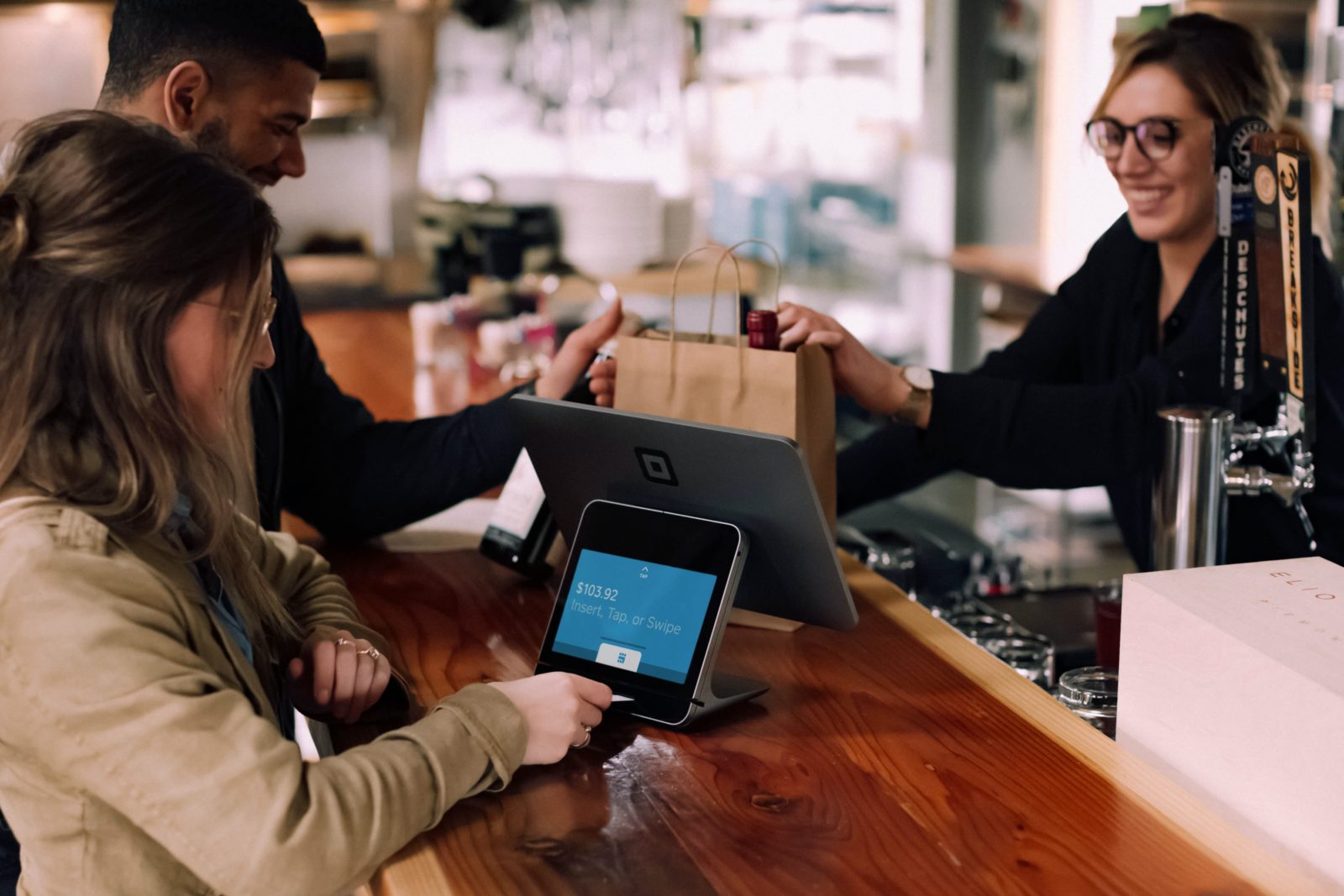
Scale to Fit Your Business & Budget
You can create an effective marketing strategy with any budget. If you have the resources to commit to it, a little bit of investment can go a long way to improving sales, but if you just can’t spare the money right now, you can still improve your marketing. There are many marketing strategies that are free, and as long as you or someone on your team can commit the time, they won’t cost you anything. We’ll go over some of the free or low-cost marketing options for beverage retailers later in this article.
Likewise, your marketing strategies can and should be scaled up as your business grows. If you see improved sales from marketing, take some of that extra revenue and re-invest it in marketing. As your business grows, you might consider investing in a full- or part-time marketing consultant or a data analyst to make marketing recommendations for you based on past marketing campaigns. Whatever your size and revenue, what’s important is that your marketing strategy focuses on your business’s goals and works within your resources.
Understand FTC Limitations & Other Provisions
Remember that advertisements involving alcohol are subject to special restrictions from the Federal Trade Commission in the United States. It’s important to familiarize yourself and your team with these rules and the latest news for the industry. To limit your liability, it’s always a good idea to speak to an attorney before running any advertising campaigns.
Common Marketing Strategies
A Note About Cost-effectiveness
We recommend you periodically evaluate the data you collect from your marketing and advertising efforts. This way you can improve your strategies for the future and gain insights into what is most effective. However, when it comes to marketing, you can’t put too much stock into cost-effectiveness, especially if you’re just getting started. Even digital marketing, which has some of the fastest turnaround times in terms of increased revenue, still may take up to a year to start showing results. But, crucially, this does not mean that investing in marketing isn’t worth your money.
If you want your retail business to continue to grow and compete locally, you have to invest in marketing. Preferably you’d begin marketing before you even open your doors. Even if you have very little or no money to commit at the start, building the systems for marketing in your organization will ensure you commit for long enough to actually see some results. Many business owners run one ad campaign and then give up after that doesn’t produce results. Don’t let that be you. You have to play the long game.
Website
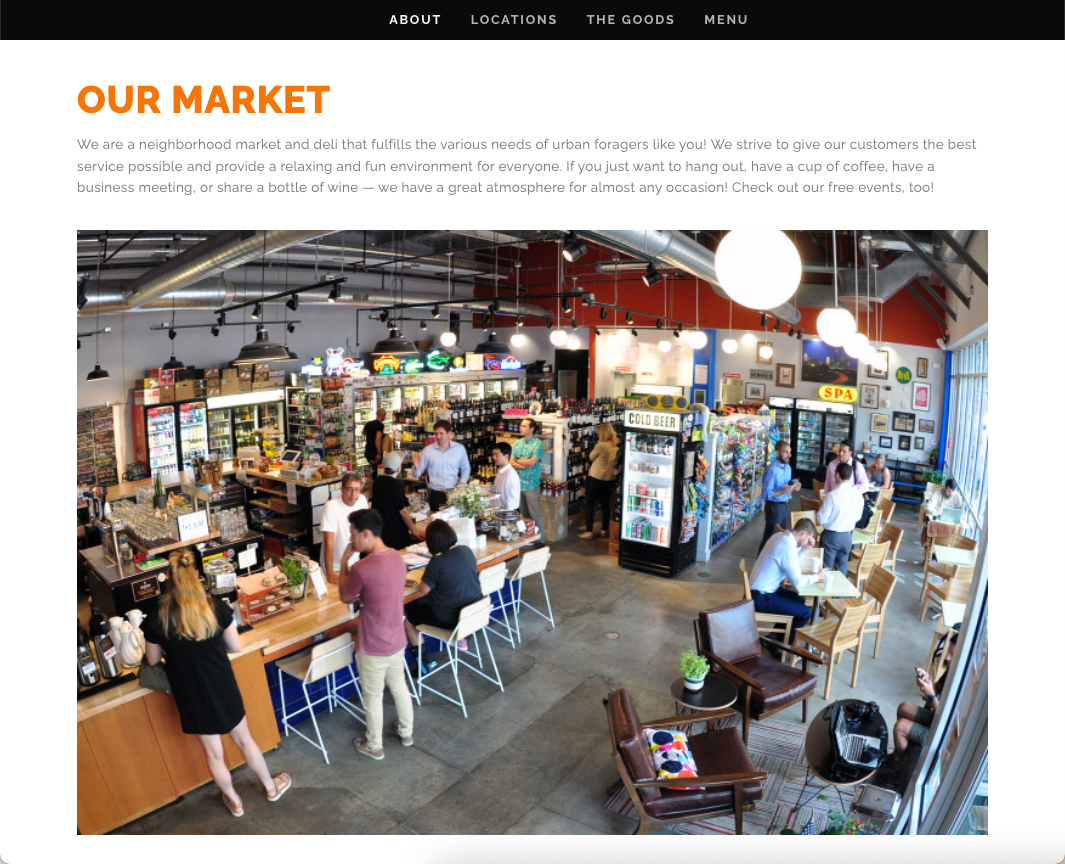
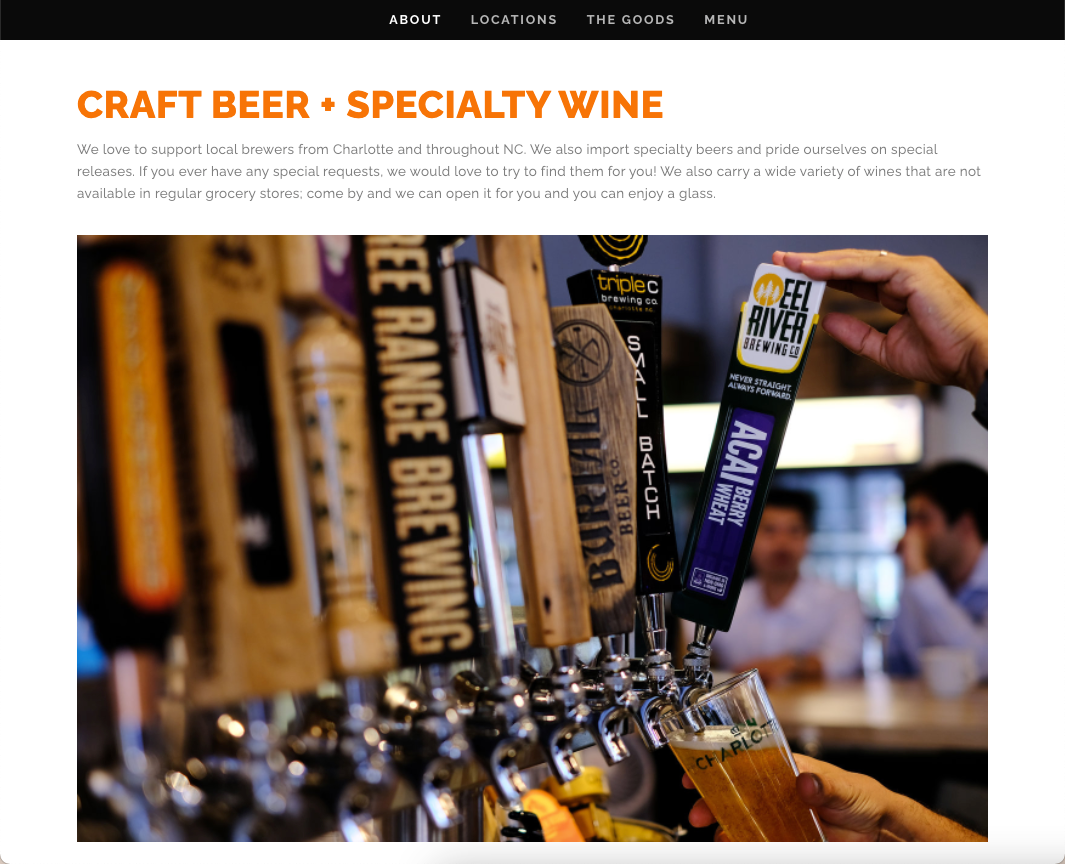
If you want to grow your business in any way, a website is vital. When potential customers look for your business online and can’t find the corresponding website, they may assume you’ve gone out of business or that the business never existed. That’s how important it is to maintain a website for your store!
If you already have a website, it’s still worth revisiting its design and functionality to see if it is still serving its purpose for your business. Here are a few factors to consider:
- Design. Consumer expectations for the online aesthetics of different brands and retailers change every day. If it’s been a few years since you’ve had a website redesign, your site may be looking a little outdated. Your website is the digital storefront for your business, even if you don’t sell online! Make sure that the design reflects your current brand.
- Branding. Similarly, you’ll want to ensure that your website design and any updates to it are cohesive with your existing branding, such as logos, advertising, promotional merchandise, and packaging. This is especially important to remember if you plan on doing a design revamp of any one of your marketing channels.
- Store information. One of the main reasons people visit the websites for beverage retailers is to find information about hours, store closures, and store locations. This information should be prominently displayed on your website.
- Links to social media. Your website is also an opportunity to direct viewers to other places online where they can engage with your brand more actively, such as social media. Clearly feature links to all your relevant brand social accounts.
- Collect email addresses. Even if you don’t currently have an active email marketing plan, you should always have a way for interested visitors to join your email list. It’s easy to install an email address submission form on your website, and once you collect email addresses from your website visitors, you can use that information to engage them in the sales funnel. This is far more profitable than hoping that your website makes a good impression and that they remember your brand down the line.
- Search engine optimization. Search engine optimization, or SEO, is a complicated and overwhelming topic — even for experts in digital marketing. As a business owner, you just need to be sure that your website is optimized for search engines, which means that it’s easy for search engines like Google to read your website, understand what you do, and promote you when someone asks a relevant question. Your web designer may be able to help you with some of the basics of SEO, since some SEO actually relies on good web design. You can also create a blog section of your website where you share content relevant to your brand. This may seem like a waste of resources, but having updated and useful blog posts on your website is one of the best things you can do to improve how often your website appears in web search.
Social Media Presence
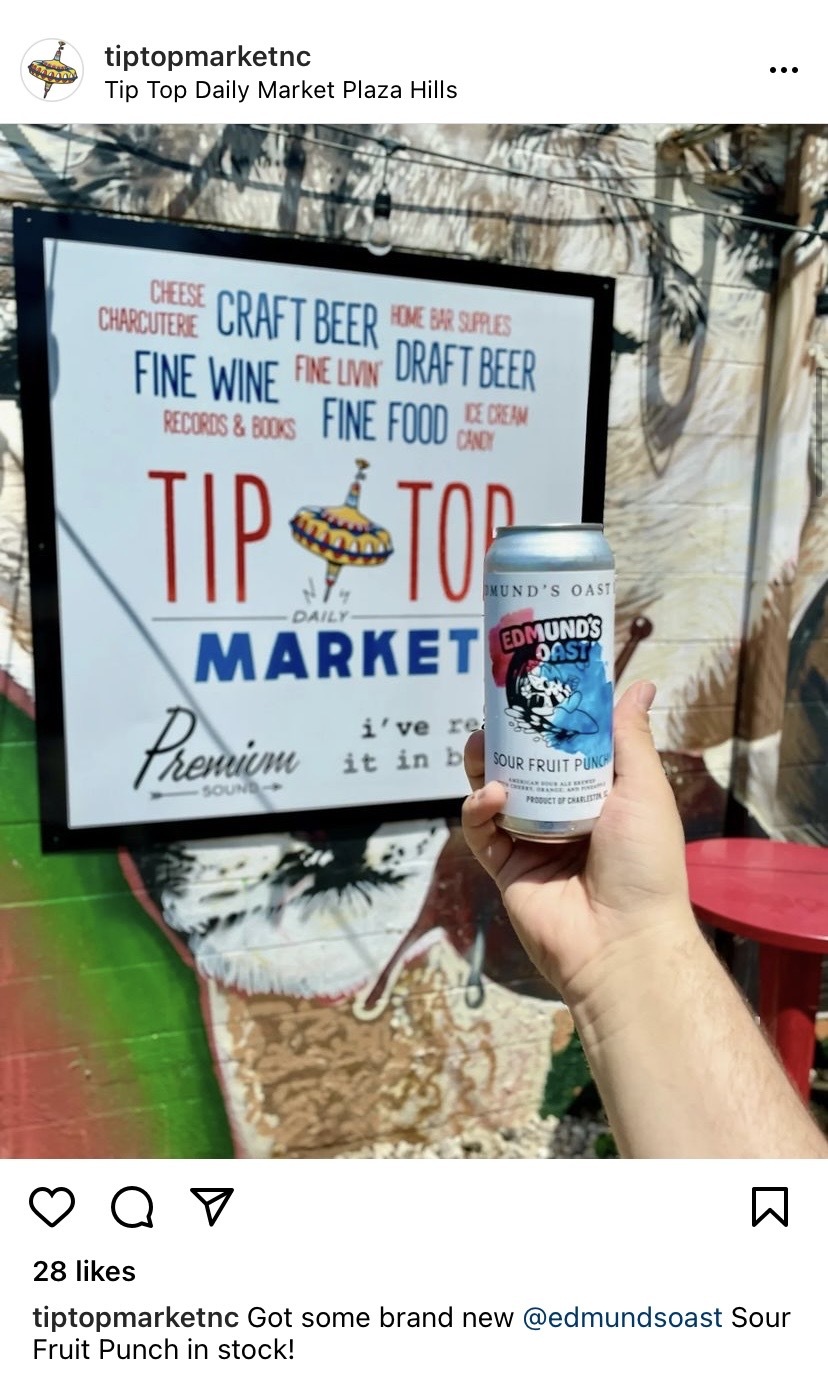
Social media marketing is a no-brainer for brands, especially retail brands that can boost sales with photos of products. It’s useful for promoting advertisements, engaging with customers, and building a consistent online brand. Don’t worry about staying active on every social media platform — concentrate on those that are most relevant to your industry. For beverage retailers, Instagram is the place to be, though TikTok is also proving to be a huge driver of sales for savvy retailers.
You’ll only get out of social media what you put into it. If you can’t afford to commit too many resources to social media marketing right now, try only focusing on making consistent posts on one or two social media platforms.
Local Awareness
Location-based marketing is often overlooked these days, since it’s so easy to market to people no matter where they’re located. But for retail establishments, particularly those with no or limited online sales presence, focusing on marketing to people locally is sometimes the best possible use of resources.
Focusing on local awareness is also a great way to make use of some low- or no-cost marketing opportunities. Maybe a freshly painted sign would draw more foot traffic from the sidewalk outside your store. You could post flyers in local bars, or if you have the funds, your business could sponsor a local charitable event. What about local food-and-drink publications or influencers? All of these things improve name recognition locally.
Email Marketing
Remember how we mentioned collecting email addresses on your website? It’s time to put those to good use. You can also use any email lists you may have already, such as the email addresses of customers who have ordered from your online shop before.
When done well, email marketing is one of the most effective forms of marketing. It offers a high return on investment. It can turn one-time customers into loyal, repeat customers. The key is to email your leads just often enough to stay top of mind, but not so much that you annoy them. You’ve probably subscribed to one of those brands before — one that sent you 30 emails per day until you were ready to throw your phone in the nearest river. Email marketing doesn’t have to be like that! If you’re new to this, start out with a weekly email, sent on the same day each week. Just like any online content, the key is to provide value for free first, and then after establishing yourself, you can ask for the sale, refer people to your website, etc.
How do you provide value for free? Consider the ideal customer profile that we mentioned earlier. What makes this person happy? What do they find interesting? These are the things you want to share in your email newsletter. For example, you could feature events or classes with local mixologists or human interest pieces relevant to your industry. Maybe your customers would be interested in a behind-the-scenes look at how you choose which beverages to stock in your store.
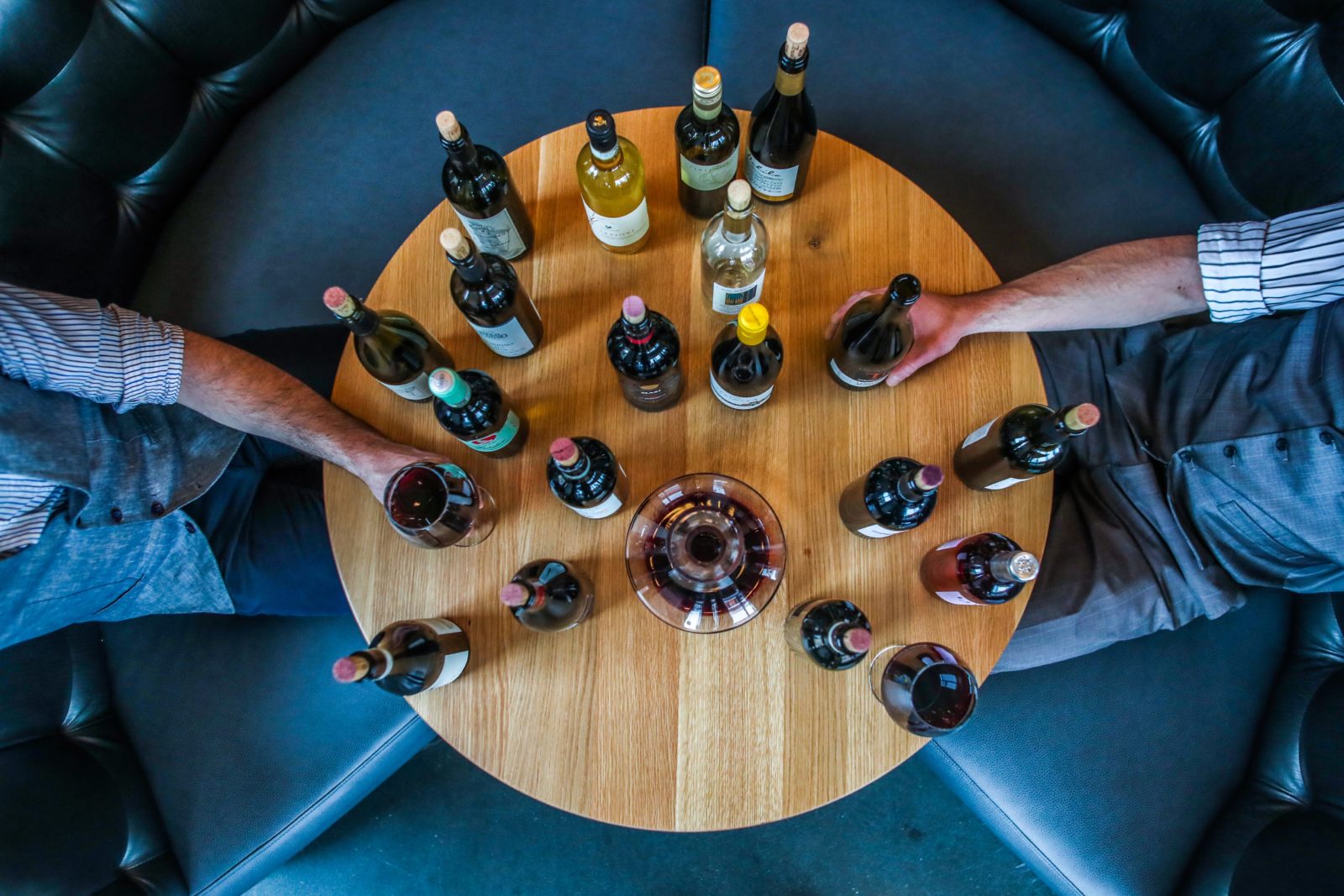
Google Listing
Have you noticed that when you do a Google search for a local business, a card pops up in your search results showing their address, hours, parking situation, reviews, and other useful information? Any business with a physical storefront, including brick-and-mortar beverage retailers, should make full use of this feature. With your Google Business Profile, you can make a free account that allows you to update your store’s information and monitor reviews. If you don’t claim your profile and keep it updated, your store may not show up in relevant Google searches (e.g., “bottle shop near me” or “craft beer store near me”), and you may miss out on significant sales as a result.
Reviews
Reviews in general are an important piece of marketing. Like it or not, today’s consumers rely on online information to make nearly all of their purchasing decisions. You can’t control the reviews customers leave of your establishment on sites like Yelp and your Google Business Profile. What you can do is encourage your loyal customers to review you online.
Advertising
Beverage retailers who are thinking about fleshing out their marketing strategy are often interested in experimenting with advertising. While advertising is certainly an effective strategy for driving website traffic, increasing brand awareness, and even improving sales, it isn’t the best place to start. Advertisements typically prompt action from the viewer (for example, clicking through an ad to visit your website or online shop). But in order for these advertisements to convert, you need to make sure that the place the viewer is landing (a social media page, your website, an online store, etc.) is well-designed, accurate, aesthetically pleasing, and relevant. There’s also the fact that email marketing has one of the highest ROIs in the business, and if you’re on a limited budget, it’s probably a better place to start than digital ads.
But if you’ve covered your bases already and you’re still interested in advertising, we do encourage you to pursue it. As a retailer, you can purchase highly specific advertisements and pay only a fraction of what traditional print, TV, or radio advertisements cost. To get the most out of the process, consider working with a consultant who runs digital ad campaigns for small businesses. Though it’s a relatively simple process, you’ll have an easier time deciphering it if you work with an expert. And don’t forget to review the FTC rules regarding alcohol advertisements with your attorney to make sure you’re in compliance.
Partnerships

As a retailer that stocks beverages from hundreds of different alcohol brands, partnering with producers is an easy opportunity to build out your marketing without too much work. You can engage with posts on social media from the breweries, wineries, or distilleries whose products you sell or even work on official partnerships if you have the bandwidth. The possibilities are endless, and smaller breweries and wineries may be interested in pooling resources on joint advertisements or promotions.
Signage & Store Space
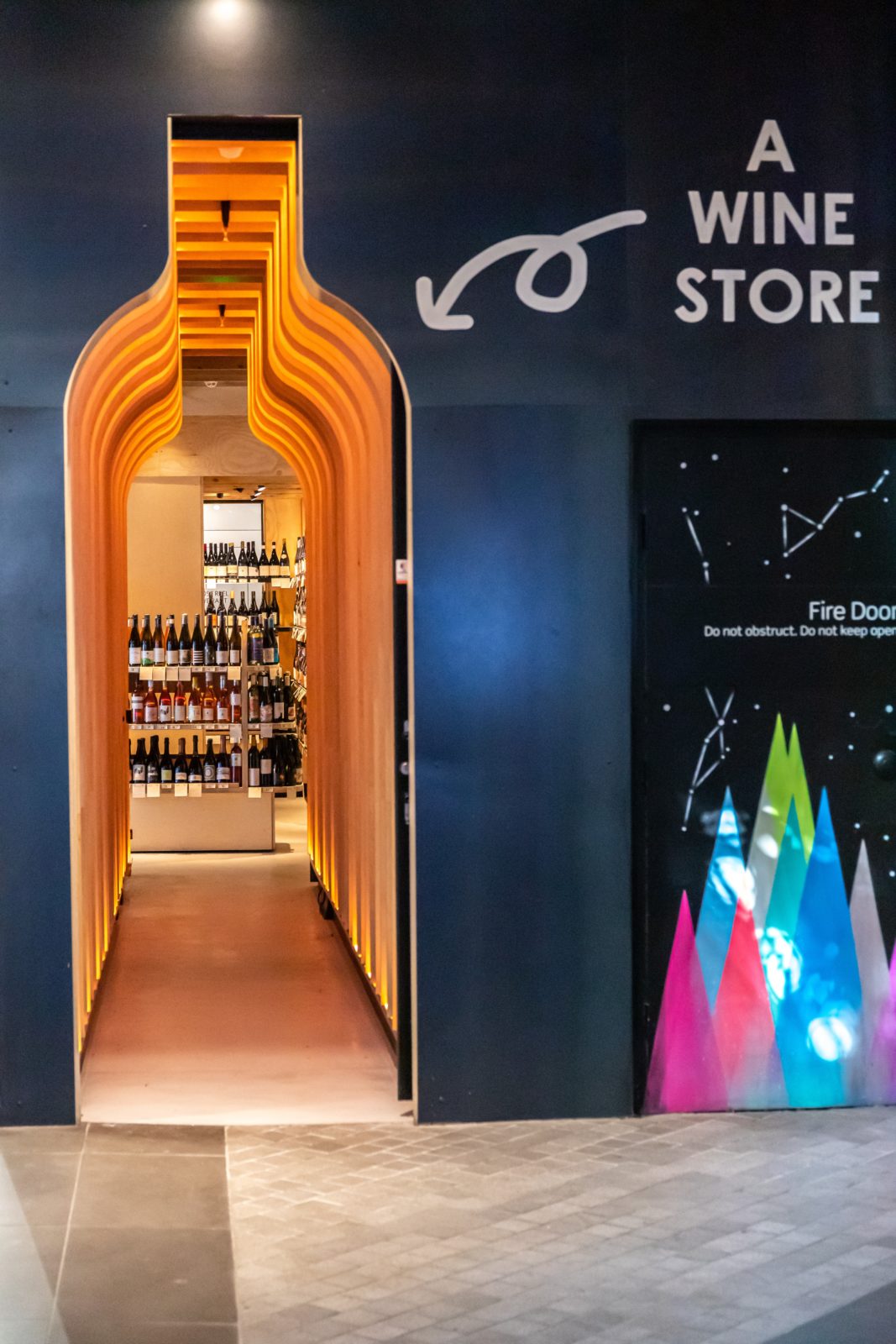
Lastly, we can’t overlook the importance of the physical retail space. You may not think of this as marketing exactly, but as a key part of the buyer experience, it’s important to evaluate your retail space from this perspective. Consider how the physical layout of your store affects buyers’ shopping patterns. Is it accessible and easy to navigate? Do you have clear signs that tell visitors where different products are located? Have you created a display of featured beverages recently? Are you making use of the space near your POS, which is often where customers grab low-price items that can help your bottom line?
Just as your online storefront (in the form of your website) is important because it shapes a buyer’s impression of your store, so too is the physical design and layout of your store important to increasing revenue.
There are many marketing strategies available to beverage retailers. It can be difficult to know where to start and what will be most effective for your specific business. But as long as you start from the perspective of your potential customer and focus on creating a buying experience for them that is seamless and exciting, you’ll have a solid foundation upon which to build your growing marketing efforts.
